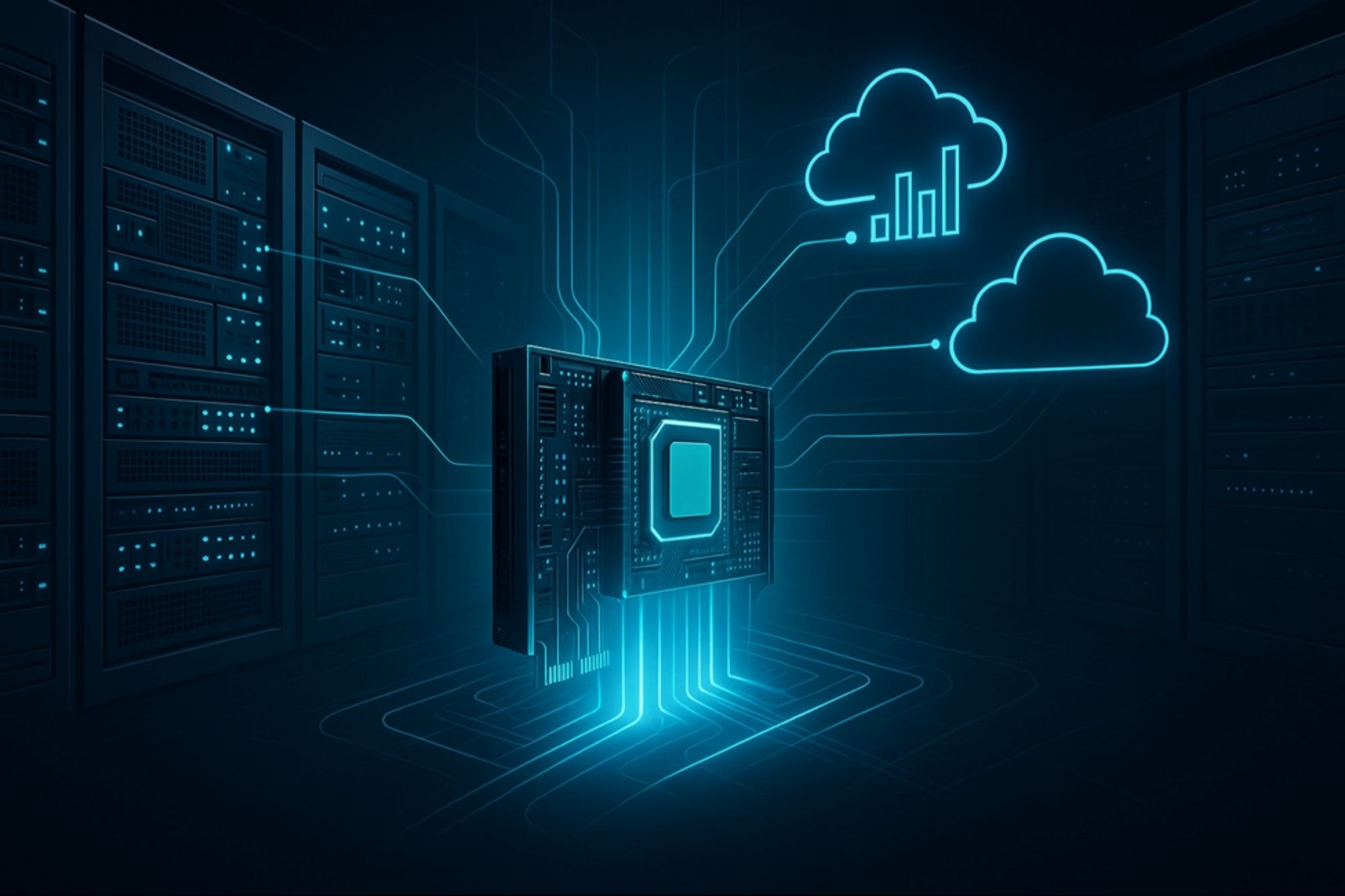Navigating The Processor Revolution: The Hardware Innovation Redefining Cloud Economics As organizations struggle with exponentially growing datasets, the economics of traditional CPU-based analytics are becoming unsustainable.
Opinions expressed by BIZ Experiences contributors are their own.
You're reading BIZ Experiences Asia Pacific, an international franchise of BIZ Experiences Media.

In the shadow of AI's explosive growth, a quiet revolution is unfolding in data centers worldwide, reshaping data analytics, shifting from human-driven data insights to AI models, fueling a cycle of accelerated data collection and processing, and driving the emergence of specialized analytics processors. As organizations struggle with exponentially growing datasets, the economics of traditional CPU-based analytics are becoming unsustainable. Among the companies driving this transformation is Israeli startup NeuroBlade, whose Data Analytics Accelerator technology is part of what industry experts are beginning to call the 'processor revolution'.
The Hidden Costs of Data Explosion
While headlines have increasingly put a spotlight on AI chips, it turns out that analytics workloads constitute the second-largest compute segment in data centers, consuming approximately 4 million CPU sockets globally. For cloud hyperscalers, this translates to billions in annual infrastructure spending.
The challenge is straightforward: traditional CPU-based analytics systems hit diminishing returns when scaling to handle petabyte-sized datasets. Companies face a costly dilemma—continue adding expensive servers or accept slower insights.
NeuroBlade's solution is a purpose-built processor that offloads the most intensive database operations from general-purpose CPUs. By implementing database functions directly in silicon, the NeuroBlade Analytics Accelerator delivers 4-10x performance gains on industry-standard benchmarks while cutting infrastructure needs by more than half.
For cloud providers managing thousands of servers, the implications are substantial: reduced hardware costs, lower power consumption, less data center space, and fewer systems to manage. This translates to potential TCO reductions exceeding 50%.
Cloud Provider Differentiation
The strategic implications extend beyond cost savings. In the competitive cloud market, analytics acceleration offers a new frontier for differentiation.
Notably, NeuroBlade has reportedly been working with Amazon Web Services (AWS) to integrate its analytics acceleration technology into AWS EC2 F2 instances. AWS has already named NeuroBlade the analytics acceleration partner, according to their the EC2 F2 product page. The solution enables customers in data-intensive industries such as financial services and healthcare achieve dramatically faster analytics performance without requiring changes to their existing applications.
Other major cloud providers are likely exploring similar strategies, recognizing that superior analytics performance could help win and retain high-value enterprise customers.
The Lakehouse Connection
This processor revolution aligns perfectly with the rise of lakehouse architectures. Platforms like Databricks and Snowflake blend data warehousing and data lake capabilities to support both business intelligence and AI workloads from a single data foundation.
These platforms represent ideal use cases for acceleration technologies, as they process massive volumes of data for both human analysts and AI applications. NeuroBlade has positioned itself at this intersection, developing integrations with popular query engines like Presto, Spark, and ClickHouse, and collaborating with PrestoDB community, Meta, IBM, uber on its Velox project for introducing the first hardware accelerator integration and first to demonstrate the full set for the industry standard TPC-H benchmark with accelerated hardware.
Semiconductor Industry Impact
The rise of specialized analytics processors creates new strategic considerations for the semiconductor industry. Traditional CPU vendors like Intel and AMD must decide whether to develop their own solutions, acquire relevant companies, or risk losing market share in an increasingly important segment.
NVIDIA, dominating the AI chip market with its GPUs, has already signaled interest in data processing acceleration. The company clearly recognizes that leadership in accelerated computing requires addressing the full spectrum of data center workloads.
Enterprise Adoption Path
While cloud providers represent obvious customers for acceleration technology, the market extends to enterprises maintaining their own data centers. Adoption typically begins with cloud exploration, as organizations test accelerated instances to quantify performance improvements for their specific workloads.
Hardware vendors are already responding, with companies like Dell Technologies working to integrate NeuroBlade's acceleration into their server offerings. This creates a complete ecosystem spanning chip designers, system integrators, and software platforms.
Redefining Data Economics
The drivers behind this revolution—exponential data growth, increasing query complexity, and the convergence of analytics and AI—continue accelerating as organizations seek to derive more value from their data.
For cloud providers, semiconductor companies, and enterprises, this processor revolution represents both an opportunity and a growing imperative. Those who embrace specialized analytics computing will gain significant advantages in cost, performance, and capability. Those clinging to general-purpose computing for all workloads risk falling behind in the race to turn data into insight.
As this quiet revolution gains momentum, specialized processors for analytics won't remain in the shadow of AI chips for long. They represent the next frontier in computing infrastructure—one that promises to fundamentally redefine the economics of data in the cloud era.











